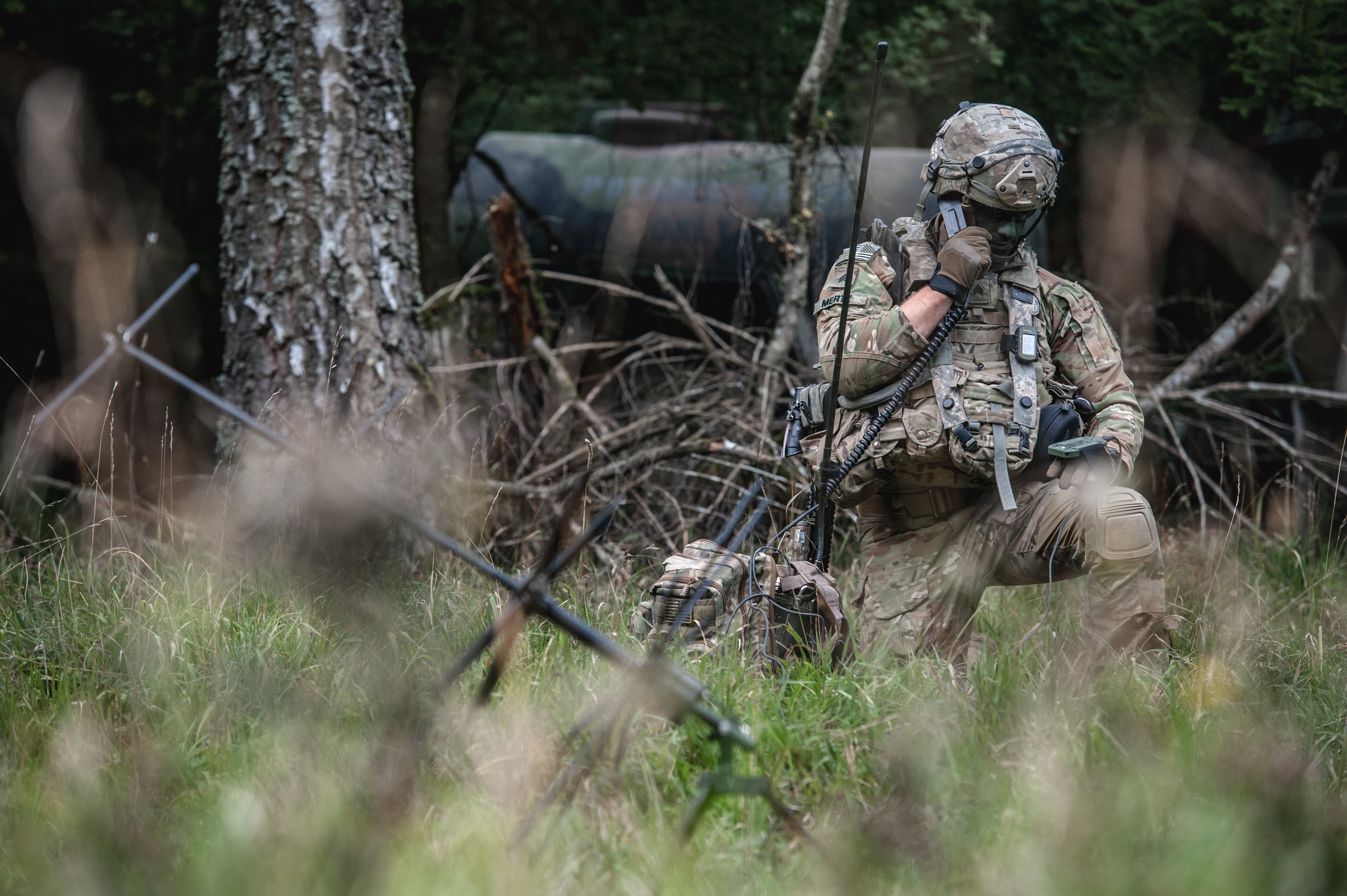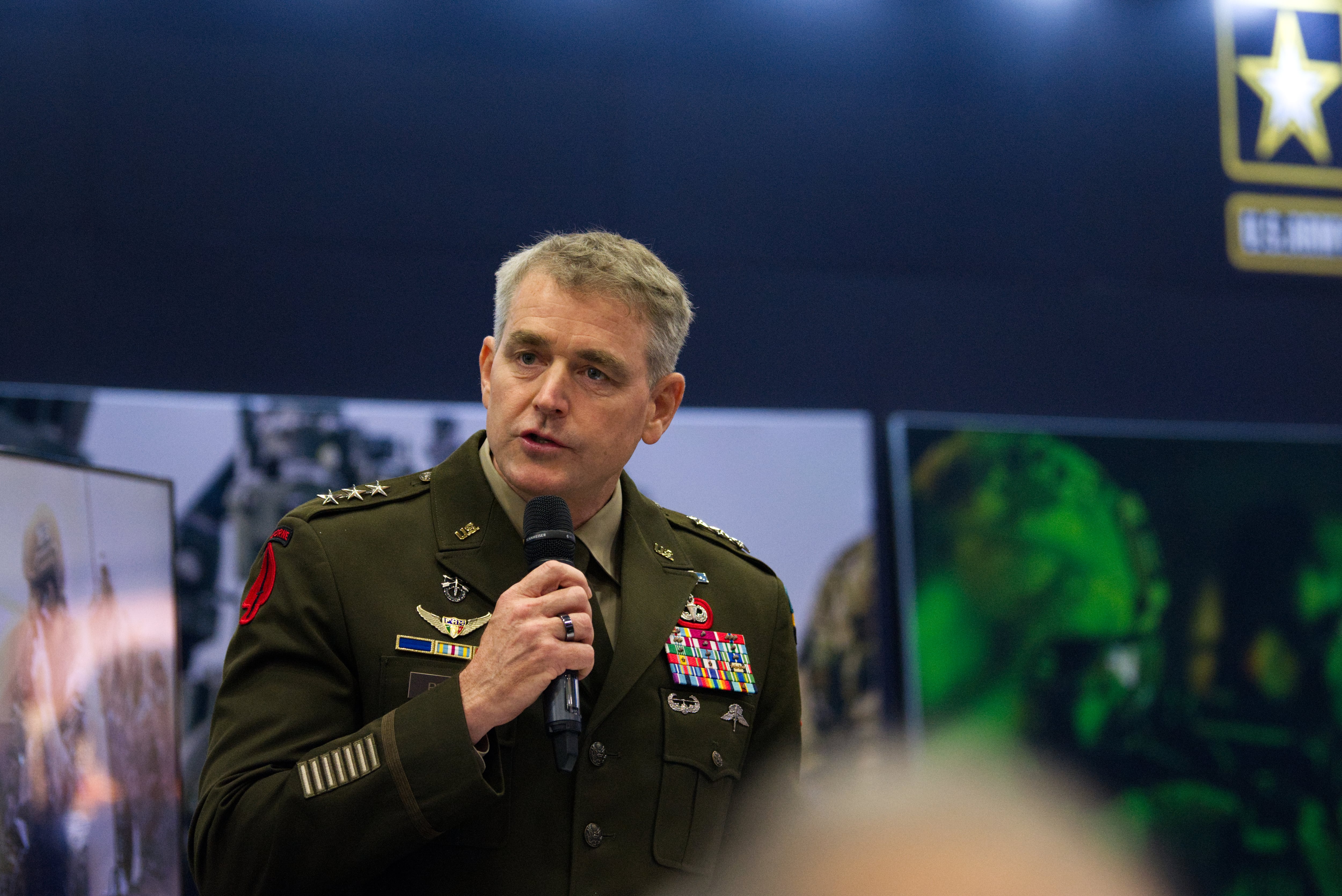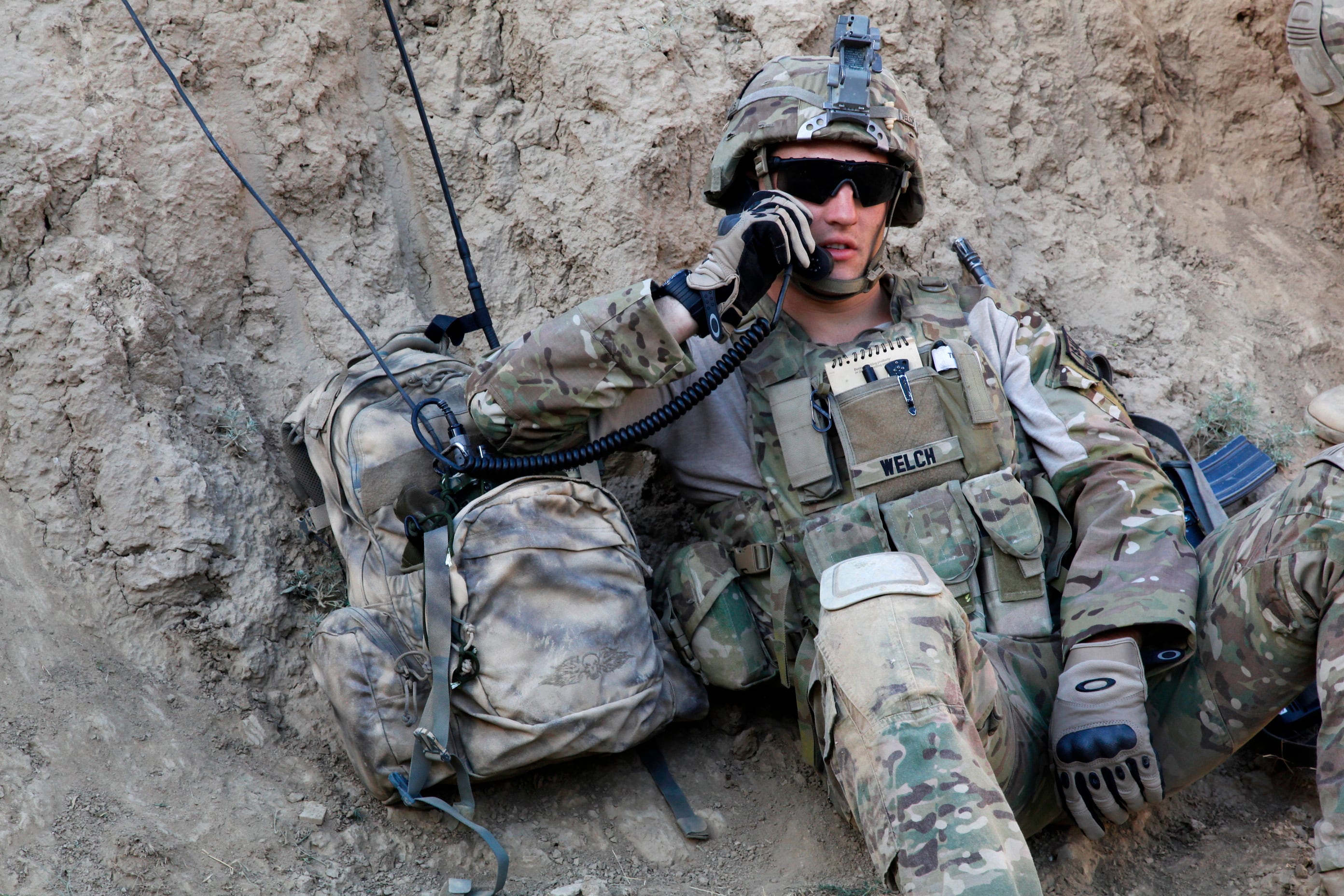WASHINGTON — When it comes to tactical radios, the U.S. Army is walking a tightrope.
The service, currently juggling a half-dozen major modernization goals, is trying to find a balance between the communication upgrades it needs to make in preparation for conflicts of the future, potentially against a technologically savvy enemy, and the related high costs and looming deadlines.
The calculus, officials said, means batches of older radios and communication systems will be left behind. And troops will have to acclimate to a gradually shrinking number of radios, tailored to operational needs.
“We have a small window of opportunity where we can, you know, pivot from legacy systems and programs to new ones,” Army Chief Information Officer Raj Iyer told reporters in October on the sidelines of the Association of the U.S. Army annual convention. “We have to fight for the Army we have today, and we have to transform for the Army of 2030 at the same time. I think this is the biggest challenge that we have.”
RELATED

But what does that mean for soldiers on the ground who grew accustomed to ubiquitous radios that the service scrambled to have in Iraq and Afghanistan? According to Iyer, the service is evaluating what is “actually needed at the battalion level and below.”
The move comes amid a pivot to division-level fighting and large-scale combat operations against potential foes like Russia and China, world powers with sophisticated signals intelligence and electronic warfare capabilities.
The Army, specifically, is considering how it can pare down its inventory of older single channel ground and airborne radio system, or SINCGARS, devices. Chief among the considerations: satisfying the Department of Defense’s requirements for so-called data centricity while ensuring there is enough kit for soldiers to use now.
“We have cryptographic concerns and dates to meet modernization objectives in the crypto space. The floor for that is rapidly rising,” Col. Shermoan Daiyaan, with the Army’s Program Executive Office for Command, Control and Communications-Tactical, or PEO C3T, told C4ISRNET and Army Times at the convention.
“On the tactical radio side, we’re trying to wrestle with ways to get crypto mod met and, oh, by the way, manage a budget that’s counting every dollar for the most value it can get,” Daiyaan continued. “What we’re trying to decide is: Where do we start to make some trades in risk?”
The Army this spring selected two companies, L3Harris Technologies and Thales Defense and Security, to furnish voice and data radios as part of its combat net radio modernization program and a broader push to insulate military networks. The arrangement is worth as much as $6.1 billion.

More than 1,100 radios, including those to be used for quality checks and preliminary testing, had been ordered as of April, according to PEO C3T. L3Harris secured $20.6 million of the initial order; Thales, $18.2 million.
The program, the Army said, supports Pentagon and National Security Agency cryptographic goals as well as the unified network strategy.
“The Army has too many radios, and as we get into being in a contested environment, we’ve got to make sure that our radios are protected, our communication is protected,” Iyer said. “And that means that we’ve got to modernize them with this type one encryption that’s mandated by NSA.”
Who will keep their radios?
The Army is attempting to determine the best way to phase in modernized tactical radios and phase out legacy versions, according to Iyer. One thing is already clear: modernization is expensive, and there isn’t money for the service to replace every single existing radio with a hardened one.
“For us to modernize our radios for encryption, that’s a lot of money. When you look at the quantity of radios that we have in the Army, the cost and time that it takes us to modernize these radios gets us into the 2035-2040 timeframe,” he said. “That is clearly not going to meet the Army of 2030′s needs.”
RELATED

In addition to evaluating what echelons actually need as many radios as they’ve had in recent years, Iyer indicated service officials are evaluating whether different theaters of operation — and different threats — have different communications security requirements.
He decried a one-size-fits-all mindset that he claimed influenced distribution of communications equipment in the past, pointing to lessons learned from today’s battlefields.
“When we were fighting the Taliban and ISIS, it was one thing,” Iyer said. What the Defense Department is observing about the Russians and Chinese, he added, “is a very different thing.”
Colin Demarest was a reporter at C4ISRNET, where he covered military networks, cyber and IT. Colin had previously covered the Department of Energy and its National Nuclear Security Administration — namely Cold War cleanup and nuclear weapons development — for a daily newspaper in South Carolina. Colin is also an award-winning photographer.
Davis Winkie covers the Army for Military Times. He studied history at Vanderbilt and UNC-Chapel Hill, and served five years in the Army Guard. His investigations earned the Society of Professional Journalists' 2023 Sunshine Award and consecutive Military Reporters and Editors honors, among others. Davis was also a 2022 Livingston Awards finalist.




